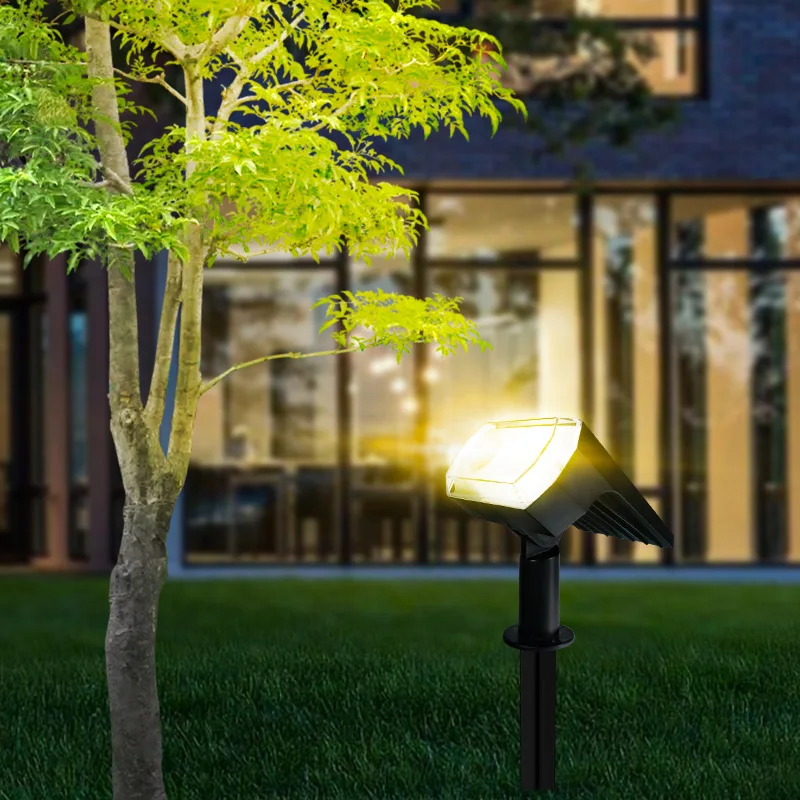Erstens,
Dank technologischer Entwicklungen, LED-Leuchten erfreuen sich immer größerer Beliebtheit bei Indoor-Gärtnern. The utilization of LED lights for plant growth has garnered substantial interest because of their longer lifespan, Energieeffizienz, and customisable spectrum when compared to conventional lighting sources. This article investigates the viability and efficiency of using LED lighting for plant cultivation, looking at both the technology and real-world uses.
Knowing About Plant Photosynthesis: It’s Important to Know About Photosynthesis Before Digging Into How LED Lights Affect Plant Growth. The biological process known as photosynthesis is how plants transform light energy into chemical energy, using carbon dioxide and water to produce glucose and oxygen. Photosynthesis depends on light, and different light wavelengths have distinct effects on plant growth.
The Function of the Light Spectrum: The range of wavelengths that a light source emits is known as the light spectrum, and it is commonly divided into several hues like red, blue, green, and others. Every hue has a unique effect on the growth and development of plants. Red and blue lights, Zum Beispiel, are the most essential for photosynthesis; blue light encourages root development and vegetative growth, while red light stimulates fruiting and flowering.
LED Lights and Plant Growth: Because LED lights emit light at precise wavelengths that are optimized for plant requirements, they are particularly well-suited for indoor plant culture. In contrast to conventional lighting sources like fluorescent or incandescent bulbs, LED lights are able to be tailored to give the perfect spectrum for various phases of plant development. Because of this adaptability, producers can maximize the light conditions required for particular plant species, leading to more robust and healthy development.
Benefits of LED Lighting for Plant Development:
electricity Efficiency: Long-term indoor gardening setups can save money by using LED lights because they use less electricity than conventional lighting sources.
Customizable Spectrum: It is possible to control LED lights to emit particular light wavelengths in order to simulate natural sunshine or to cater to particular plant requirements.
Longevity: Compared to traditional bulbs, LED lights have a longer lifespan, which means less maintenance and replacements are required.
Low Heat Emission: Since LED lights emit very little heat, there is no chance that plants will be burned and they can be placed closer to the plant canopy.
Things to Take Into Account When Using LED Lighting for Plant Growth:
Light Intensity: To encourage healthy plant growth, it is essential to make sure there is enough light. The ideal light levels can be achieved with LED lights placed the proper distance away from plants, avoiding light stress or shadowing.
Light Duration: In order to sustain photosynthetic activity, plants need to be exposed to light for a specific amount of time each day. A consistent light schedule should be established by growers in accordance with the particular light requirements of the plants under cultivation.
Light Spectrum: Because different plant species require different amounts of light, the LED light spectrum must be adjusted appropriately. Finding out which plants love a given type of light might aid maximize growth results.
Growth Stage: Depending on the stage of growth, plants have different requirements for light. For instance, whereas flowering plants may benefit from greater red light for improved blooming, seedlings may need higher levels of blue light for vigorous growth.
Case Studies and Real-World Uses:
LED lighting has been shown in numerous studies to be beneficial for plant development in a variety of environments, including home gardens, indoor farms, and commercial greenhouses. For instance, regardless of the outside weather, researchers have successfully cultivated high-value crops including leafy greens, herbs, and flowering plants year-round using LED lighting systems. LED grow lights have also been used by enthusiasts and hobbyists to cultivate a variety of indoor plants, from exotic tropical species to succulents and herbs.
Zusammenfassend, LED lights present a viable option for indoor plant production by giving growers a range of energy-efficient, programmable, and productive illumination choices. From seedling to harvest, people can cultivate a wide variety of plant species under ideal growing conditions by utilizing LED technology. LED lights are expected to become more and more essential to urban gardening and sustainable agriculture in the future as research in this area progresses.
